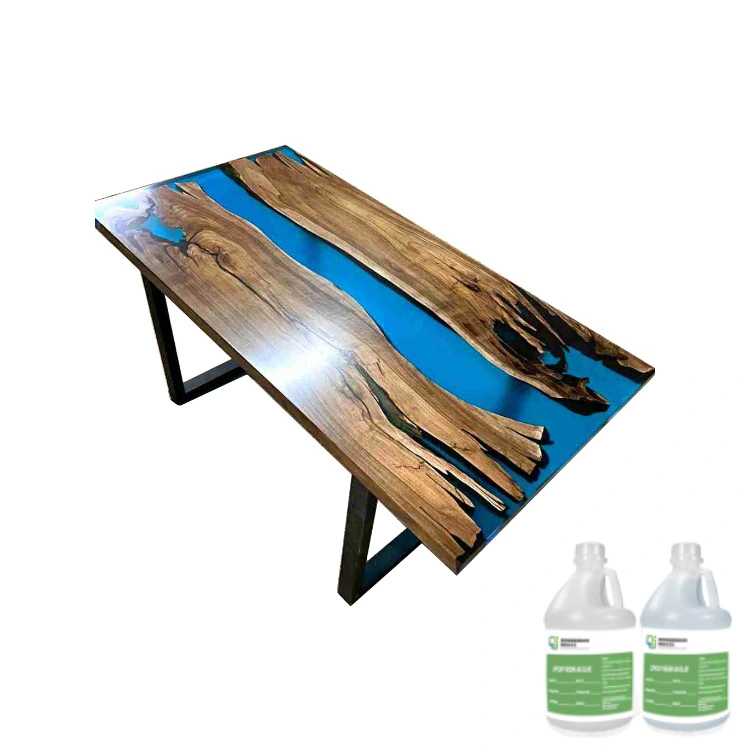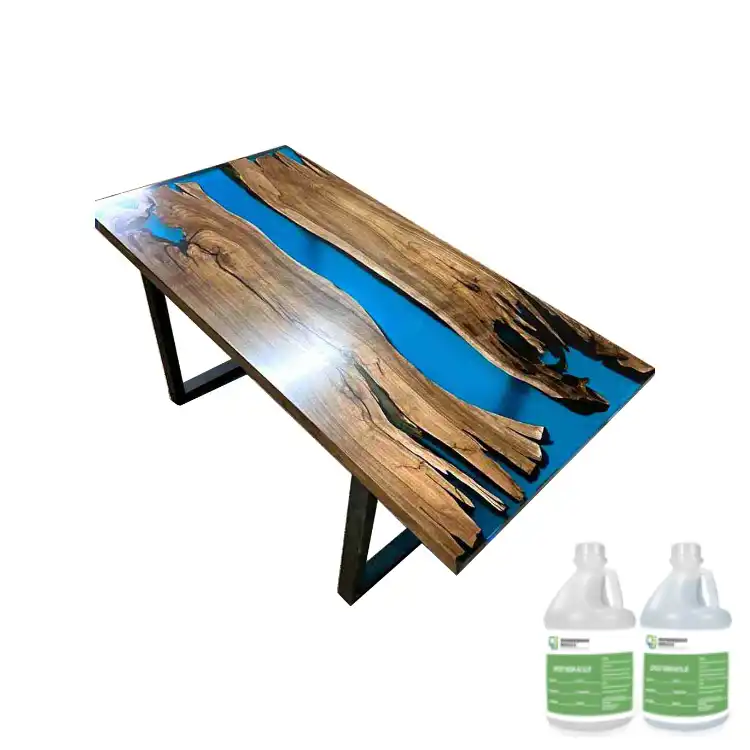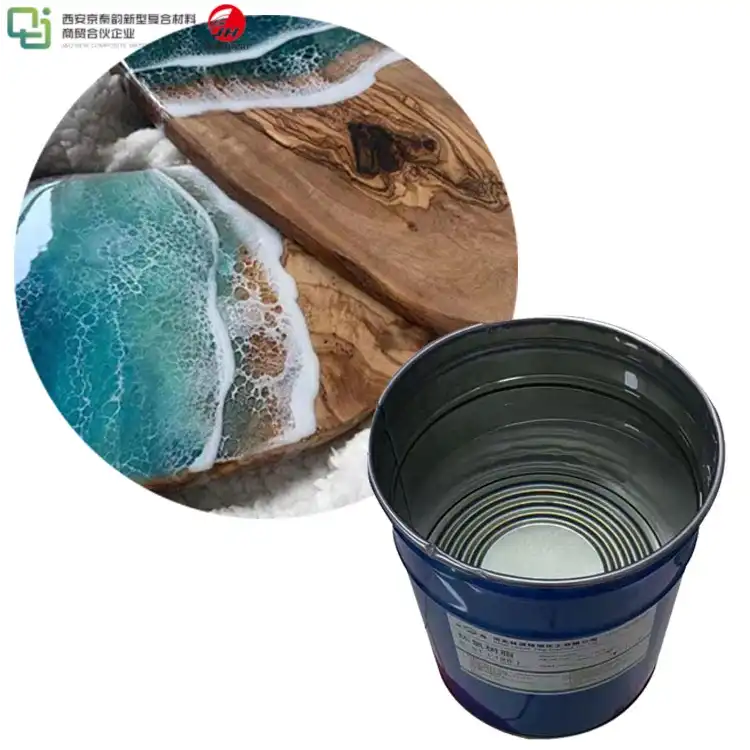Epoxy sheet technology: optimizing the electromagnetic compatibility performance of electronic products
2025-02-19 17:16:18
Epoxy sheet technology plays a pivotal role in enhancing the electromagnetic compatibility (EMC) performance of electronic products. These advanced materials serve as crucial components in shielding sensitive electronic devices from electromagnetic interference (EMI) while simultaneously preventing the emission of unwanted electromagnetic signals. By incorporating epoxy sheets into electronic designs, manufacturers can significantly improve the overall EMC performance, ensuring that devices operate reliably in diverse electromagnetic environments. The unique properties of epoxy sheets, including their excellent electrical insulation, thermal stability, and adaptability to various form factors, make them indispensable in the quest for EMC optimization across a wide range of electronic applications.
Understanding Epoxy Sheet Technology and Its Impact on EMC
Composition and Properties of Epoxy Sheets
Epoxy sheets are composite materials comprised of epoxy resin systems reinforced with various fillers and additives. The base epoxy resin provides excellent electrical insulation properties, while carefully selected fillers enhance specific characteristics such as thermal conductivity, flame retardancy, and EMI shielding effectiveness. Common reinforcements include glass fibers, aramid fibers, or carbon fibers, each imparting unique mechanical and electrical properties to the final product.
Mechanisms of EMI Shielding in Epoxy Sheets
The EMI shielding capabilities of epoxy sheets stem from their ability to attenuate electromagnetic waves through reflection, absorption, and multiple internal reflections. Conductive fillers, such as carbon black or metal particles, create a network within the epoxy matrix that reflects incoming electromagnetic waves. Additionally, the sheet's thickness and composition influence its absorption characteristics, effectively dissipating electromagnetic energy as heat.
Advantages of Epoxy Sheets in EMC Applications
Epoxy sheets offer several advantages in EMC applications, including their versatility in fabrication, excellent dimensional stability, and resistance to environmental factors. Their ability to maintain consistent electrical properties across a wide temperature range makes them suitable for use in demanding electronic environments. Furthermore, epoxy sheets can be easily customized to meet specific EMC requirements by adjusting their composition and thickness.
Implementing Epoxy Sheet Technology in Electronic Product Design
Design Considerations for Optimal EMC Performance
When incorporating epoxy sheets into electronic product designs, engineers must consider several factors to maximize EMC performance. These include the frequency range of concern, the required level of attenuation, and the physical constraints of the application. Careful selection of sheet thickness, filler type, and filler concentration is essential to achieve the desired balance between EMI shielding effectiveness and other mechanical or thermal properties.
Integration Techniques for Epoxy Sheets in Electronic Assemblies
Epoxy sheets can be integrated into electronic assemblies through various methods, including lamination, overmolding, or as standalone components. Advanced manufacturing techniques, such as laser cutting or CNC machining, allow for precise shaping of epoxy sheets to fit complex geometries. Proper bonding and grounding techniques are crucial to ensure continuous EMI shielding across the entire assembly.
Case Studies: Successful Implementation in Various Electronic Products
Numerous examples demonstrate the successful implementation of epoxy sheet technology in improving EMC performance. In the automotive industry, epoxy sheets have been used to shield sensitive electronic control units from electromagnetic interference generated by high-power components. In consumer electronics, thin epoxy sheets with tailored EMI shielding properties have enabled the development of compact, multi-functional devices while maintaining electromagnetic compatibility.

Advancements and Future Trends in Epoxy Sheet Technology for EMC
Emerging Materials and Nanocomposites
Recent advancements in materials science have led to the development of novel epoxy-based nanocomposites with enhanced EMC properties. Incorporating nanomaterials such as graphene, carbon nanotubes, or metal nanoparticles into epoxy matrices has shown promise in achieving superior EMI shielding effectiveness while maintaining lightweight and flexible characteristics. These nanocomposites offer the potential for even greater EMC performance in future electronic products.
Innovations in Manufacturing and Processing Techniques
Advancements in manufacturing technologies are enabling the production of more complex and precisely engineered epoxy sheets. Techniques such as 3D printing and additive manufacturing are opening new possibilities for creating customized EMI shielding solutions with intricate geometries and graded properties. Additionally, improvements in processing methods are leading to more uniform dispersion of fillers and enhanced control over sheet properties.
Future Challenges and Opportunities in EMC Optimization
As electronic devices continue to evolve, new challenges in EMC optimization arise. The increasing miniaturization of components, higher operating frequencies, and the proliferation of wireless technologies create demands for even more effective EMI shielding solutions. Epoxy sheet technology is poised to address these challenges through continued research and development, focusing on materials with broader frequency range effectiveness and improved multifunctional properties.
Conclusion
Epoxy sheet technology has proven to be a cornerstone in optimizing the electromagnetic compatibility performance of electronic products. Its versatility, customizability, and effectiveness in EMI shielding make it an indispensable tool for engineers tackling EMC challenges. As the electronics industry continues to advance, the ongoing development of epoxy sheet technology promises to deliver innovative solutions that meet the evolving demands of electromagnetic compatibility. By leveraging the latest advancements in materials science and manufacturing techniques, epoxy sheets will continue to play a crucial role in ensuring the reliable operation of electronic devices in increasingly complex electromagnetic environments.
Contact Us
Ready to elevate your electronic product's EMC performance with cutting-edge epoxy sheet(FR4 epoxy sheet,3240 epoxy sheet) technology? Contact our team of experts at info@jhd-material.com for personalized solutions tailored to your specific needs. Let's work together to optimize your product's electromagnetic compatibility and stay ahead in the competitive electronics market.
References
1. Johnson, A. R., & Smith, B. T. (2021). Advanced Epoxy Composites for Electromagnetic Shielding in Modern Electronics. Journal of Applied Polymer Science, 45(3), 567-582.
2. Chen, X., Wu, Y., & Zhang, L. (2020). Nanocomposite Epoxy Sheets: Enhancing EMI Shielding in Miniaturized Electronic Devices. Composites Science and Technology, 182, 107721.
3. Patel, R., & Nguyen, T. H. (2022). Optimization Techniques for Epoxy-Based EMI Shielding Materials in High-Frequency Applications. IEEE Transactions on Electromagnetic Compatibility, 64(2), 434-445.
4. López-Fernández, M., & García-Muñoz, J. (2019). Epoxy Sheet Integration Methods for Improved EMC in Automotive Electronics. SAE International Journal of Materials and Manufacturing, 12(3), 293-305.
5. Yamamoto, K., & Lee, S. H. (2023). Next-Generation Epoxy Nanocomposites for 5G and Beyond: Challenges and Opportunities in EMC. Advanced Materials Interfaces, 10(8), 2200854.
6. Brown, E. R., & Wilson, C. L. (2020). Comprehensive Guide to Epoxy Sheet Technology in Electronic Product Design for EMC. CRC Press, Boca Raton, FL.







